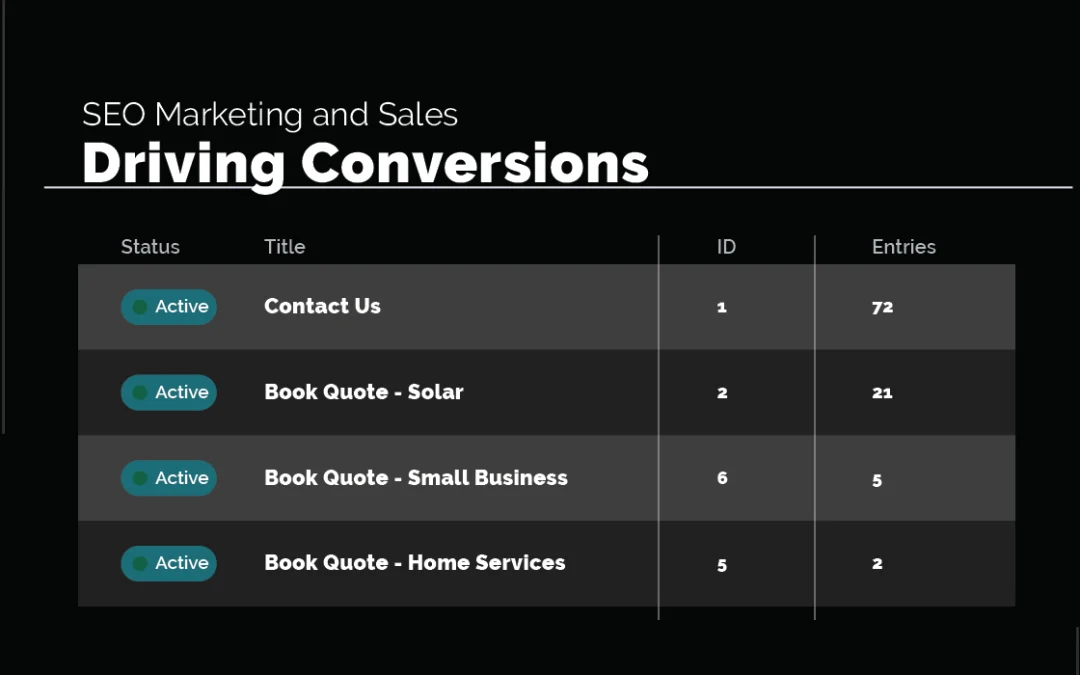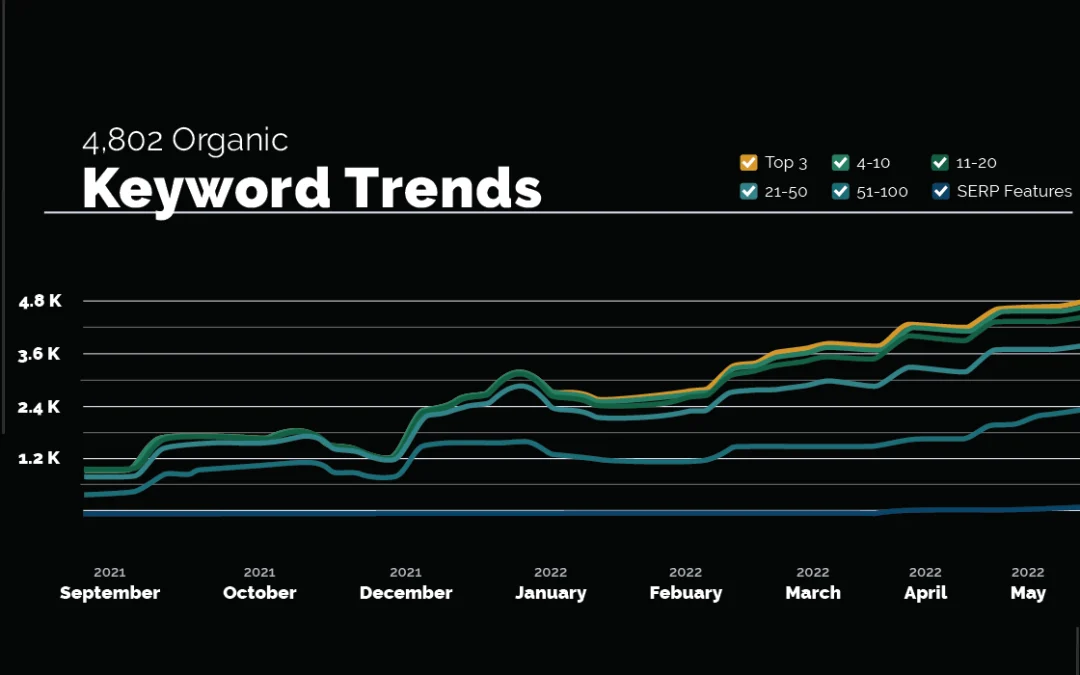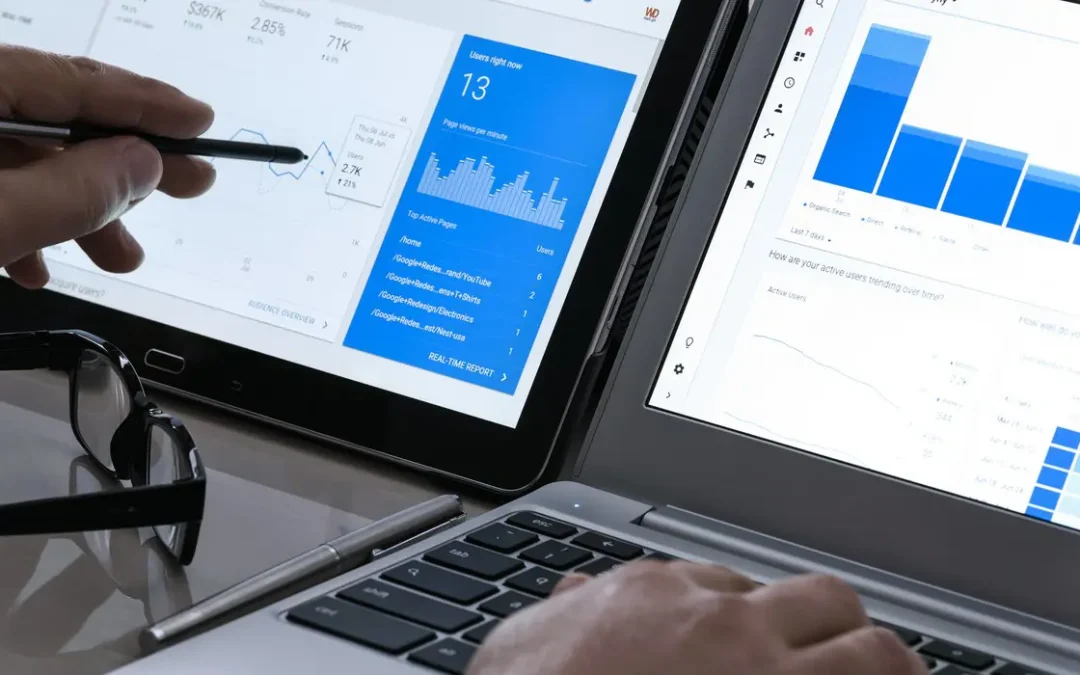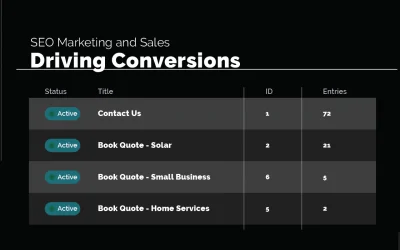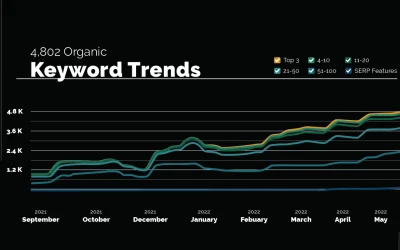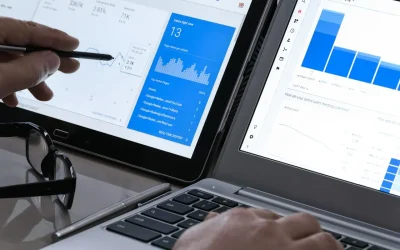Summary
- Building a strong brand identity makes your business stand out from your competitors. The first step is to define your brand—you’ll need to understand your core values, craft a mission statement, and determine your brand’s personality.
- Once you’ve defined your brand, you need to create a compelling brand message. Determine your USPs (unique selling propositions) and develop a clear and consistent brand voice to communicate them.
- To make your brand stand out online, it’s essential to use a diverse range of digital marketing channels, including PPC campaigns, SEO, and social media.
- Your efforts to build brand awareness should create loyalty among your customers. You’ll accomplish this by fostering positive emotional connections with customers and providing exceptional customer experiences.
- Creating a strong brand requires time, effort, and consistency. Getting help from experts like the Monochrome team can ensure that your campaigns are cost-effective and produce maximum ROI.
Today’s competitive landscape makes it more important than ever for small businesses to cultivate a strong brand. It’s no longer enough to simply have a great product or service. Your business needs to stand out, be recognizable, and evoke positive emotions. That’s where brand awareness comes into play—it serves as the foundation of your business, providing a strong anchor in an ever-changing market.
The benefits of a strong brand identity are manifold. It gives your business personality, enables you to connect with your customers on an emotional level, and ultimately, sets you apart from the competition. Below, you’ll learn more about how to build an effective brand step-by-step and use it as the basis for marketing campaigns that grow your business.

Defining Your Brand
Creating a unique brand identity is a fundamental step in your branding journey. This involves understanding your business’s core values, crafting a mission statement, and defining your brand personality. Let’s dive into each of these crucial elements:
How to Determine & Present Your Core Values
Your core values are the beliefs and principles that guide your business. They’re the foundation of your brand and influence everything from your operations to your customer service.
To identify your core values, reflect on what matters most to you as a business. What are your non-negotiables? What principles are you committed to upholding, no matter what? Perhaps it’s quality, integrity, innovation, or customer satisfaction.
Involve your team in this process, too. They can provide valuable insights and can help ensure that the defined values are genuinely lived in your day-to-day operations.
Once defined, your core values should be communicated clearly and consistently. Put them on your website (on your About page) so your audience knows what you care about. But stating your core values is just the beginning—they should also guide your decision-making and shape your company culture, helping you attract customers and employees that align with them.
Crafting a Mission Statement
Your mission statement defines your business’s purpose—why it exists beyond making a profit. It’s a clear and concise statement that outlines your business’s goals and the strategies you’ll use to achieve them.
To create an effective mission statement, consider what you want to achieve in the long term, how you plan to serve your customers, and what makes you different from your competitors. This statement should be ambitious yet attainable, motivating yet realistic.
Remember, your mission statement is not set in stone. As your business evolves, so too should your mission statement.
Defining Your Brand Personality
Your brand personality is the set of human characteristics associated with your brand. It can be fun and quirky, professional and serious, luxurious and sophisticated, or a reflection of any other personality that fits in with your brand and resonates with your target audience.
To define your brand personality, think about how you want your brand to be perceived. If your brand were a person, what kind of personality traits would it have? What kind of language would it use?
Consider your target audience as well. What kind of personality would appeal to them? How can you connect with them on an emotional level?
Once defined, your brand personality should be reflected in everything you do—from your logo and website design to your social media posts and customer service interactions. This consistency helps build familiarity and trust with your audience, fostering a stronger connection with your brand.

Crafting Compelling Brand Messaging
Creating a compelling brand message is critical in connecting with your audience and differentiating your brand in the marketplace. Here’s how to define your unique selling proposition (USP) and develop a consistent brand voice:
Defining Your Unique Selling Propositions (USPs)
Your USPs are what sets you apart from your competitors—they’re the reasons customers should choose your business over others. Here are a few steps to help you define your USPs:
- Understand your target audience: Identify their needs, wants, and pain points. Your USPs should directly address these.
- Analyze your competitors: Understand what they offer and where they fall short. Look for opportunities to outperform them.
- Identify your strengths: What do you do exceptionally well? How does your product or service excel? These strengths could form the basis of your USPs.
- Highlight what makes you different: Perhaps it’s your approach to customer service, your unique process, or your commitment to sustainability.
- Communicate your USPs clearly: Once you’ve identified your USPs, convey them succinctly in your content, ads, and website. Strong USPs should be easy to understand and remember.
Developing a Clear and Consistent Brand Voice
Your brand voice is how you express your brand personality. It helps shape your customers’ perception of your brand. Here are a few steps to help you develop a clear and consistent brand voice:
- Base it on your brand personality: Your brand voice should align with your brand personality. If your brand is fun and playful, your voice should reflect this.
- Consider your audience: Speak their language. Use a tone and style that resonate with them.
- Stay consistent: Whether it’s on your website, social media, or email marketing, maintain a consistent voice across all channels.
- Create a brand voice chart: This chart can guide your team on how to communicate in your brand voice. It could include a list of ‘do’s and ‘don’ts, as well as examples.
For example, if your brand personality is friendly, approachable, and fun, your brand voice might be casual and humorous. In practical terms, this might mean using contractions (e.g., “we’re” instead of “we are”), emojis, and humor in your communications. An example from your brand voice chart might look like this:
Do: Use contractions to sound more conversational
Don’t: Use overly formal or technical language
Example: “We’re super excited about our latest product. 😊 Get ready to have your socks knocked off!”

Leveraging Marketing Channels
The marketing channels you choose can significantly impact your brand awareness efforts—especially online. To reach your target audience, you should use a variety of digital marketing channels, including:
- PPC campaigns (via Google Ads, Meta Ads, and other platforms): When run effectively, these are excellent for helping you reach a wider audience and drive traffic to your website.
- SEO campaigns: SEO and organic marketing campaigns are vital for boosting your online visibility, demonstrating your expertise, and growing your audience over time.
- Social media: If you have an established following, posting regularly on different social media channels helps deepen your relationship with your audience and build buyer trust.
These are powerful tools, but you’ll need to make sure you use them strategically if you want to get maximum ROI. Learn more about what to expect when you launch different kinds of digital marketing campaigns by exploring these articles by some of our subject matter experts:

Building Brand Loyalty
The goal of building all this brand awareness is to create loyalty. You want to foster a strong, positive emotional connection with your customers that encourages them to become repeat buyers and advocates for your business. Exceptional customer experiences and personalized interactions are key to building this loyalty.
From addressing customer inquiries promptly and accurately to providing useful educational resources that help your customers solve pain points, every interaction is an opportunity to deepen your relationship with your customers and strengthen their loyalty to your brand. Read more about building loyalty below:
- 6 Creative Ways to Get More Google Business Profile Reviews (& Why It’s Important)
- The Connection Between Education and Sales: Why Providing Value is Better than Direct Selling
Get the Right Kind of Attention for Your Brand
Building brand awareness for your small business may seem challenging—but with a clear understanding of your brand identity, compelling messaging, strategic use of marketing channels, and a focus on building brand loyalty, you can establish a strong brand presence that helps you stand out from the rest of your market.
Remember, building a strong brand doesn’t happen overnight. It requires time, effort, and consistency—but with dedication and the right strategy, you can successfully create a loyal base of customers who are enthusiastic about your business. For help building a personalized plan to achieve this for your brand, contact our team at Monochrome Marketing. We’ll be happy to show you how we can work with you to build your unique brand identity.

